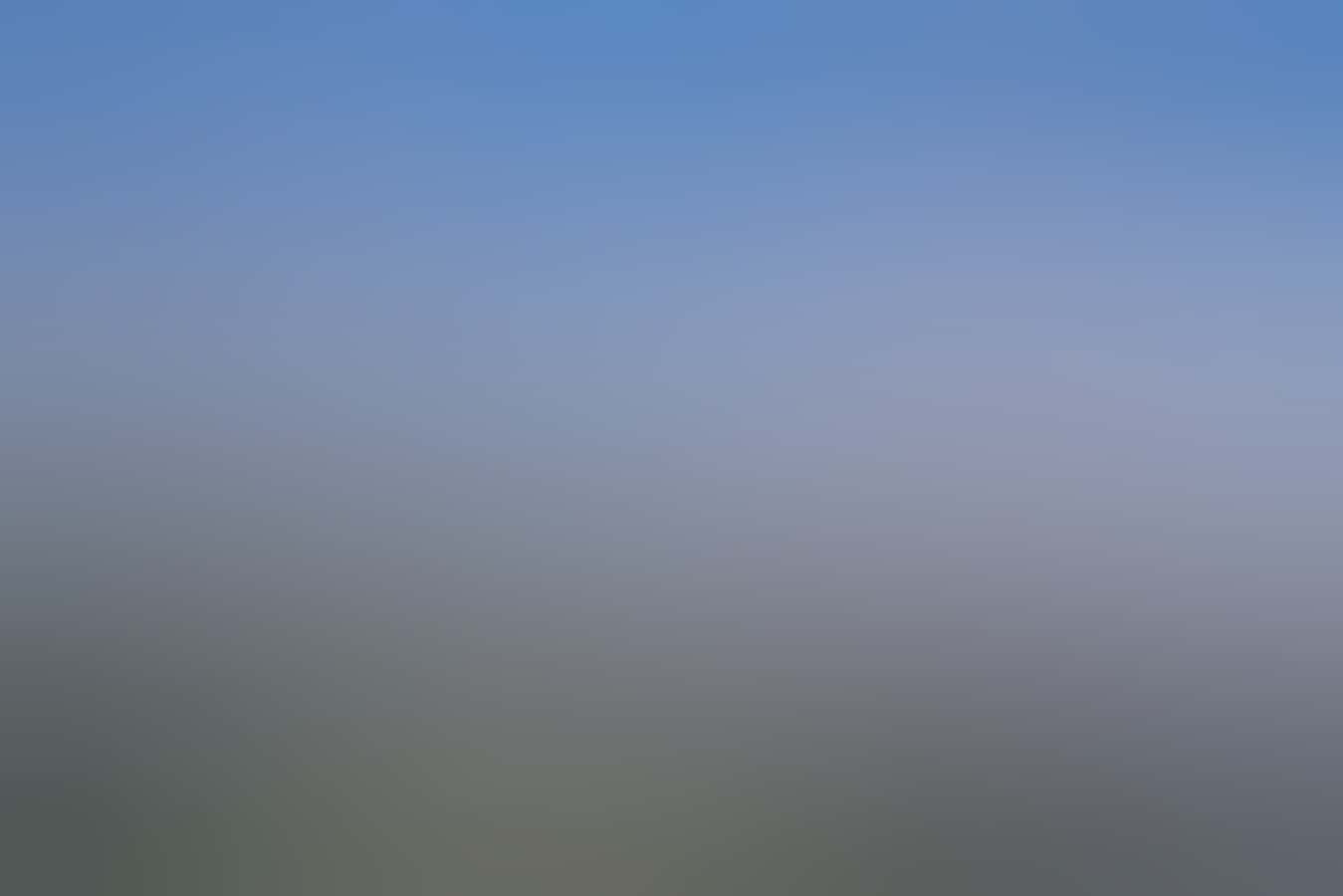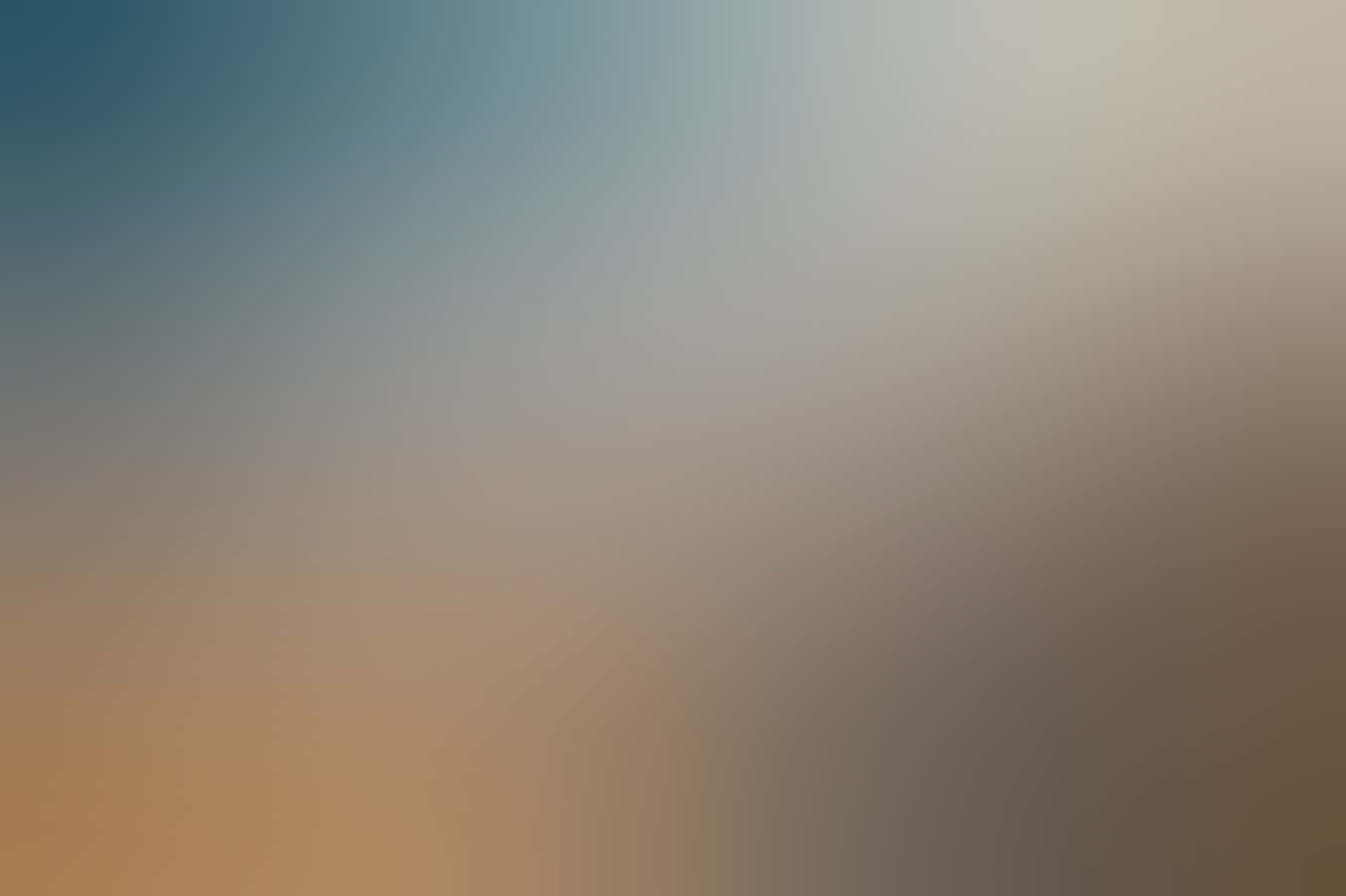I realised that this is what the Tropic of Capricorn looks like. Was it supposed to feel different, crossing this oft-cited invisible line above which everything would become tropical, below which everything else was simply normal?
It was morning and I was arriving for roughly 24 hours in Shark Bay, one of Western Australia’s three UNESCO World Heritage sites.
Shark Bay received its UNESCO World Heritage designation in 1991. The reasons for this honor are as obvious today as they were 25 years ago: Shark Bay is home to the largest and richest sea-grass beds in the world as well as a significant dugong (sea cow) population; five species of endangered mammals reside here; and nestled into parts of the bay are stromatolites, some of the oldest ‘living fossils’ in the world

Stromatolites, Hamelin Pool
Those stromatolites were the main attraction at our first stop, Hamelin Pool. Walking out onto the boardwalk, we strolled above layered rocks created by 50 species of cyanobacteria, algae-like single-celled microbes.
The water was cool and turquoise, the stromatolites in layers of black and cerulean. And that boardwalk was made for posing! But as inviting as the water looks, it’s prohibited to go in, nor would anyone want to. The water is double the salinity of the ocean.
Driving along the Peron Peninsula, we made a detour to Shell Beach, a blindingly white beach comprised of tiny, curved cockle shells. One of only two beaches in the world which are entirely comprised of shells! You’ll want to bring a towel.
After a quick stop in Denham, the administrative town of the region with a population of just 600, we headed to the nearby airport for the most impressive part of our trip: a scenic flight over the Shark Bay region with Shark Bay Air Charters.

Dirk Hartog Island
For more than an hour we soared over Shark Bay, Dirk Hartog Island, and Francois Peron National Park, each corner a starkly different environment than the last.
- On Dirk Hartog Island, sharp cliffs plunged into the raging surf.
- WA has its share of pink lakes and we caught sight of one on Dirk Hartog Island!
- Beaches on the tip of Francois Peron National Park turned bright orange against the turquoise sea.
- And when we flew over the water, beneath us we spotted pods of whales.
Due to UNESCO’s tight regulations of what can sail in Shark Bay, only a few recreational boats are out on the water. It’s just you, a boatful of your new friends, and as many dolphins as you can count.
Those dolphins are actually Monkey Mia Dolphin Resort’s prime attraction. Each morning, several dolphins are fed right from the shore. This event is strongly regulated to keep the process as sustainable as possible. Only adult females with good survival skills are fed, and they’re given less than one third of their daily fish intake. Feeding times change each day and only a few dolphins are fed at the time. This keeps the dolphins feeding as normal in the wild.
Most excitingly, this is where a few lucky visitors are chosen to feed the dolphins, and I was chosen that morning to hand-feed a beautiful dolphin.
Post-feeding, we headed back to our vehicle to continue driving up the Coral Coast, crossing the Tropic of Capricorn once again. There would be more beaches, more sunsets, and more endangered species throughout WA — but nothing matched Shark Bay for the sheer diversity and variety in a relatively small area.

Dolphins, Monkey Mia
Looking for more Inspiration?
Explore dolphins and more on The Coral Coast Highway.